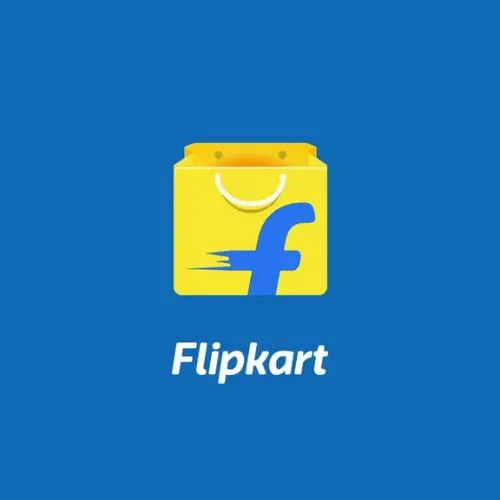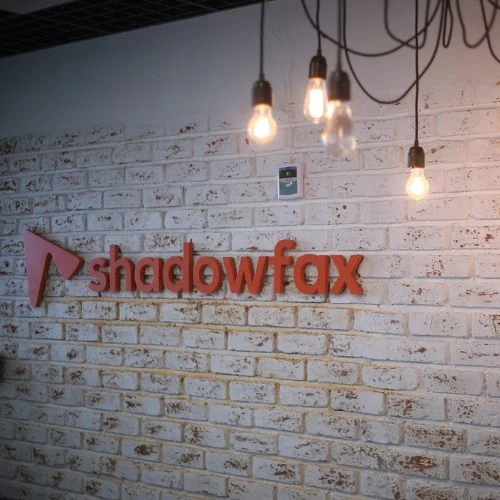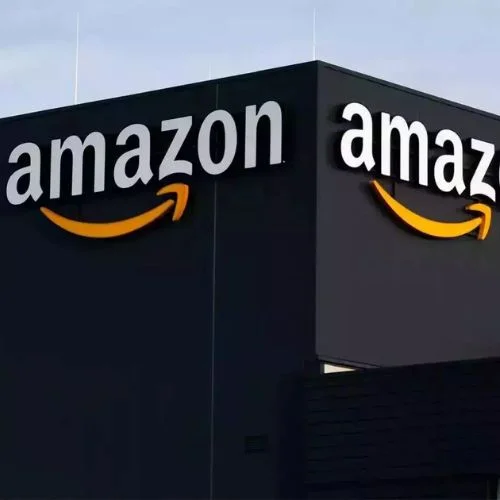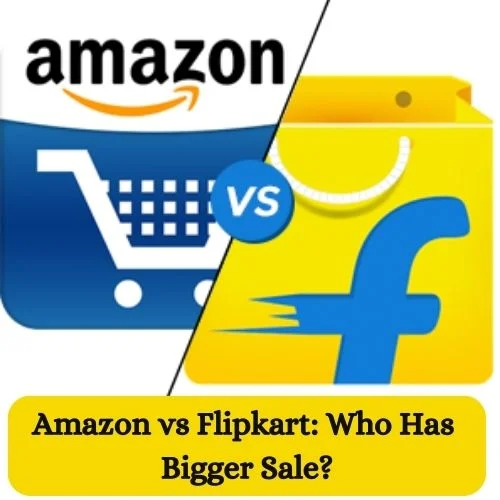Mr. Sachin Bansal and Mr. Binny Bansal (not related), both graduates of the Indian Institute of Technology, Delhi, were the minds behind Flipkart.
The two Bansals were employed by Amazon before leaving to launch their new business, Flipkart Online Services Pvt Ltd., in 2007. Bangalore serves as the company’s headquarters, and it only conducts business in India. In the beginning, Flipkart just sold books, but it soon expanded to sell electronic products, air conditioners, stationery supplies, lifestyle items, and e-books.
Flipkart is the poster child for the Indian e-commerce sector and has managed to hold the top spot among Indian online marketplaces. It is regarded as one of the top startups in India and one of the most investigated and studied businesses.
Although Flipkart has maintained its top spot in the Indian e-commerce market, the advent of the worldwide behemoth Amazon has given it a fierce competition. Global Journal of Business Pedagogy Volume 4, Number 1, 2020

Since the global juggernaut’s arrival in India in 2013, Amazon has grown. Amazon has nearly caught up to Flipkart E-Commerce Website in terms of financial strength and marketing vigor, making it one of the few leading e-commerce titans in India. In response, Flipkart has implemented a number of strategies to increase its market share and take on Amazon: Flipkart successfully concluded mergers and acquisitions, modified its business strategy, and introduced a cutting-edge and safe payment method. However, concerns persist. How can Flipkart compete against its increasingly ruthless and well-funded rivals? Can it match Amazon’s pace?
Before Flipkart, the electronic retail industry, or e-tailing, was rarely recognized by Indian consumers. Its online shopping platform gives Indian customers a wide range of product categories, including consumer electronics, fashion, and lifestyle goods. It was founded in Bangalore in 2007 by two former Amazon workers. Bangalore, dubbed the Silicon Valley of India, is one of the most advanced and developed cities in the nation. Flipkart is registered in Singapore by a holding company due to legislative restrictions on foreign direct investment in business-to-consumer companies in India. 4 The company has had substantial growth since its beginning, with over 100 million registered customers, 8 million monthly shipments, 100,000 vendors, and 21 warehouses. To keep its position as the market leader, Flipkart has made a number of acquisitions, changed its business strategy, and faced numerous obstacles. Convincing Indian consumers to trust online purchasing as much if not more than traditional brick-and-mortar businesses has been a big challenge the company has been battling from the start. After all, until the government’s recent efforts to digitalize the sector, the Indian economy was primarily cash-based.
Amazon India was launched in 2013, six years after Flipkart’s inception, with aggressive marketing campaigns. Amazon has been closing the gap as a top player among Indian online retailers by total sales. Since its launch, the company has raised US $3 billion worth of capital. For Indians, chai (tea) is an integral part of their lives. India has over 14 million small shops, most of which are smaller than 600 square feet in size. India’s Foreign Direct Investment (FDI) government regulations are structured to protect local shops. The experience of walking into a small Indian retail shop is unlike that of any American retail shop. The intent is hospitality to put the customer first and make sure their needs are met.
For Indians, chai (tea) is an integral part of their lives. India has over 14 million small shops, most of which are smaller than 600 square feet in size. India’s Foreign Direct Investment (FDI) government regulations are structured to protect local shops. The experience of walking into a small Indian retail shop is unlike that of any American retail shop. The intent is hospitality to put the customer first and make sure their needs are met.
Growth of E-commerce in India The e-commerce business in India has undergone exceptional growth, as the majority of the Indian population is gaining access to personal computers, smartphones, tablets, and high-speed Internet services. Demographics rule the destiny of online business in India, where 75 percent of the adults are between 15 and 34 years old, an age group more likely to be proficient at utilizing modern technology, ultimately making digital commerce in India very attractive. According to Bain & Company, e-commerce in India is projected to grow four times faster than the total retail market over the next five years (see Exhibit 4)8. Businesses have expanded the ecommerce consumer base by employing strategies such as online shopping websites, the establishment of online marketplaces for third-party transactions, business-to-business buying and selling, online data gathering through social media, publishing online newsletters, and retailing novel products to prospective clients.
Flipkart as an Organization
Flipkart thinks that a significant portion of its workforce is responsible for its success. “Innovations are only distinctive for a short period of time, but its people are what make the business grow,” said Smrithi Ravichandran, Senior Director at Flipkart. I’m not sure if it’s because we hire individuals with that killer attitude or if people simply transform when they work here, but you can see it from the CEO all the way down to the entry-level employee. Flipkart’s culture is widespread, and the fact that its employees refer to themselves as “Flipsters” is a reflection of its core values, which include being adventurous, customer-focused, unorthodox, and above and beyond expectations.
Because of the welcoming workplace culture it established, Flipkart has been named the best place to work in India for the past two years. It outperformed Amazon, which was its largest competition, and came in second. Flipkart undertook organizational restructuring in January 2017 and established the Flipkart Group Organization to serve as a unified front for all of its divisions. Binny Bansal, who founded Flipkart and later served as its CEO, subsequently rose to the position of Group CEO. Bansal intended to focus on allocating resources among group firms and building a high-growth portfolio of new enterprises. The CEO of Flipkart is Kalyan Krishnamurthy, who joined the company in June 2016 from Tiger Global Management as the head of the Category Design Organization. Krishnamurthy managed talent management, total earnings, and customer experience.
Cash on Delivery – The Game Changer
According to Infosys co-founder Nandan Nilekani, “One of the reasons Flipkart took off was that they brought in cash on delivery,”19 consumers prefer to pay for items as they are delivered as opposed to in advance. Since India had historically been a cash-based economy, many Indians lacked the means to conduct online transactions, so this invention was a game changer for Flipkart. He continued by saying that Flipkart had a competitive advantage over its rivals thanks to the cash-on-delivery (COD) method, especially over overseas companies who were unaware of the issue with digital payments (see Exhibit 6). Furthermore, due to the COD system’s popularity among competitors when they did discover it, they were compelled to adapt to it.
Despite being the world’s biggest online retailer, Amazon is not yet the market leader in India. Flipkart still holds that distinction, but Amazon is out to rule India. Amazon has a multibillion-dollar strategy to enter the Indian online grocery market. Online retailers can sell domestic goods such as processed foods and groceries directly to customers thanks to fewer government regulations, such as Global Journal of Business Pedagogy Volume 4, Number 1, 2020. In order to stock and distribute these groceries, the Ministry of Commerce and Industry is willing to permit Amazon to establish a national network. Flipkart instead chooses to prioritize artificial intelligence (AI). The research division of Flipkart is based in Silicon Valley, California, at F-7 Labs.
With the announcement of a simple return policy, Flipkart proceeded to grow its consumer base. Due to their need to be able to touch and physically scrutinize things, many Indian shoppers have been hesitant to make purchases online. Flipkart provided a no-questions-asked return/exchange policy so that customers may return items that did not live up to their expectations in order to remedy this. Indian consumers found Flipkart to be incredibly enticing because brick-and-mortar retailers never provided the same deal. Flipkart also understood that mobile network access was not uniform across India, which led to the development of Flipkart Lite, a version of Flipkart tailored specifically for mobile use. The mobile browser was simpler to use in places with slower internet because it was created in 45 days by five engineers. Additionally, consumers may access their shopping search history with Flipkart Lite. Due to Flipkart Lite’s reputation for innovation, businesses like LinkedIn started utilizing related technology.
The research division of Flipkart is based in Silicon Valley, California, at F-7 Labs. Amazon has a multibillion-dollar strategy to enter the Indian online grocery market. The Ministry of Commerce and Industry is willing to permit Amazon to establish a national distribution network for these groceries. Broadband and Internet access in remote areas of India While the management of Flipkart.















